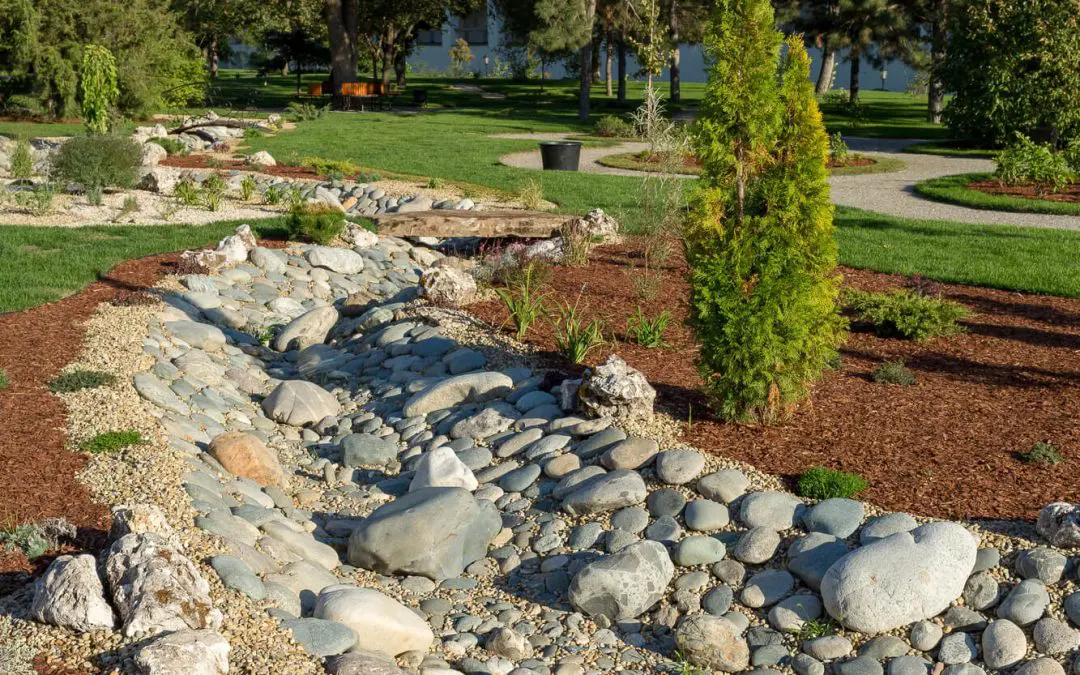When it comes to maintaining a property, few things are as crucial as proper drainage. Effective drainage protects your home’s foundation and landscaping and prevents mold and structural problems. Whether you’re dealing with pooling water after rainfall or struggling with soggy patches in your yard, addressing drainage issues promptly can save you from costly repairs in the future. In this guide, we’ll explore various methods to improve drainage on your property and keep water flowing smoothly.
Identify Problem Areas First to Improve Drainage on Your Property
The first step in addressing drainage issues is identifying problem areas on your property. Look for signs of standing water, erosion, or water damage around your home and yard. Common trouble spots include low-lying areas, sloped surfaces, and places where water tends to collect.
Assess Slope and Grading
Proper slope and grading are essential for adequate drainage. Ideally, the ground around your home should slope away from the foundation to direct water away from the structure. Use a level or consult a professional to assess the slope of your property and make adjustments as needed. Adding soil or regrading certain areas can help redirect water flow.
Install French Drains to Improve Drainage
French drains are a popular drainage solution that can effectively divert water away from problem areas. These systems consist of a perforated pipe surrounded by gravel or rock and are designed to collect and redirect groundwater. Installing French drains along the perimeter of your home or in low-lying areas can help alleviate drainage issues and prevent water damage.
Create Swales or Dry Creek Beds
Swales and dry creek beds are natural drainage features that can help channel water away from your property. By strategically excavating and shaping the land, you can create shallow depressions or channels that collect and redirect water runoff. Incorporate native plants and landscaping materials to enhance the aesthetic appeal of these features while improving drainage.
Implement Rain Gardens
Rain gardens are another eco-friendly drainage solution that can enhance the beauty and functionality of your property. These gardens are designed to capture and absorb rainwater, preventing runoff and reducing erosion. Choose native plants with deep root systems that can tolerate both wet and dry conditions to maximize the effectiveness of your rain garden.
Maintain Gutters and Downspouts
Properly functioning gutters and downspouts are essential for managing roof runoff and preventing water damage to your home’s foundation. Clean gutters regularly to remove debris and ensure unobstructed water flow. Consider installing gutter guards to minimize clogs and extend the lifespan of your gutters.
Use Permeable Materials
When designing hardscapes such as driveways, walkways, and patios, consider using permeable materials that allow water to infiltrate the soil below. Permeable pavers, gravel, and porous concrete are excellent options for reducing surface runoff and promoting groundwater recharge.
Consult with Professionals on Ways to Improve Drainage
If you’re dealing with complex drainage issues or unsure how to proceed, don’t hesitate to seek advice from landscaping professionals or drainage contractors. They can assess your property, recommend effective solutions, and ensure proper installation for long-term results.
By implementing these strategies, you can effectively improve drainage on your property and mitigate the risks associated with excess water. Whether addressing existing drainage problems or planning for future landscaping projects, prioritizing proper drainage will help safeguard your home and enhance the beauty of your outdoor spaces. Remember, proactive maintenance and regular inspections are key to preserving the integrity of your drainage systems and enjoying a dry, healthy property for years to come.
Outlook Home Inspections offers inspection services to customers in Charlotte and upstate South Carolina. Contact us to request an appointment.

